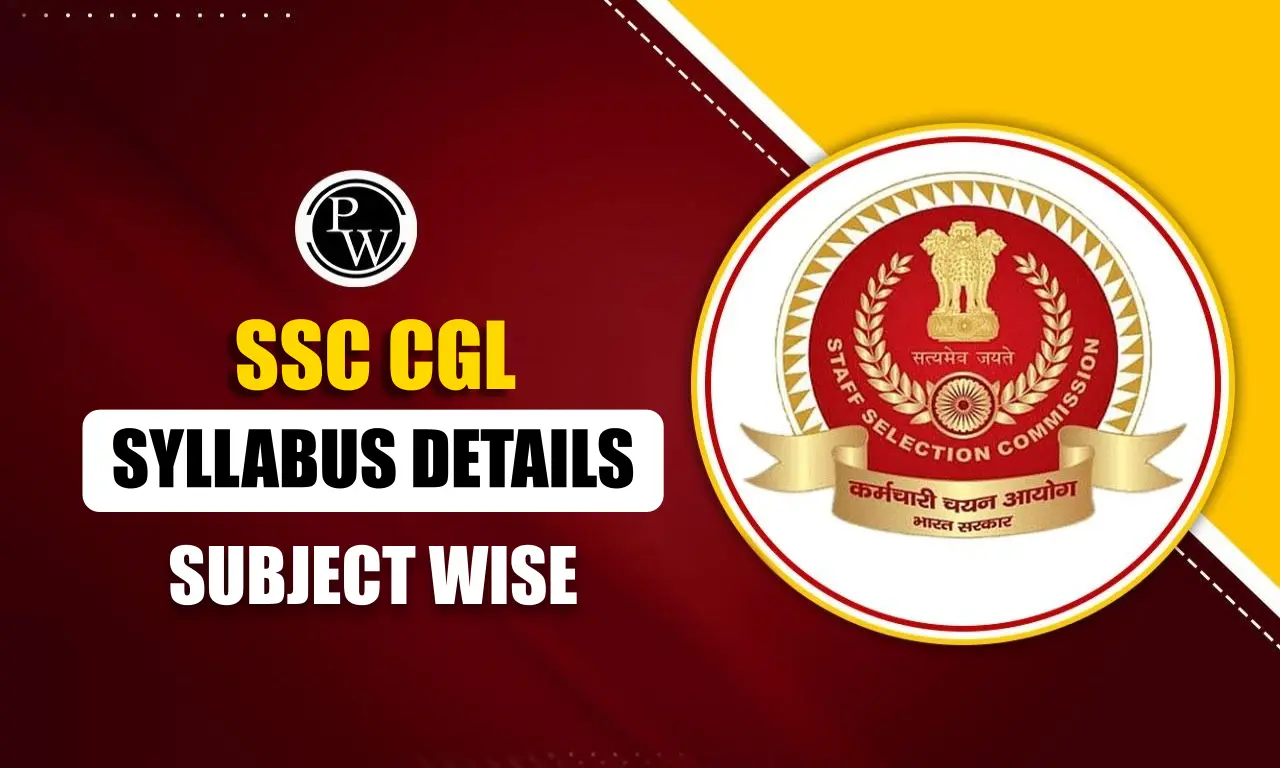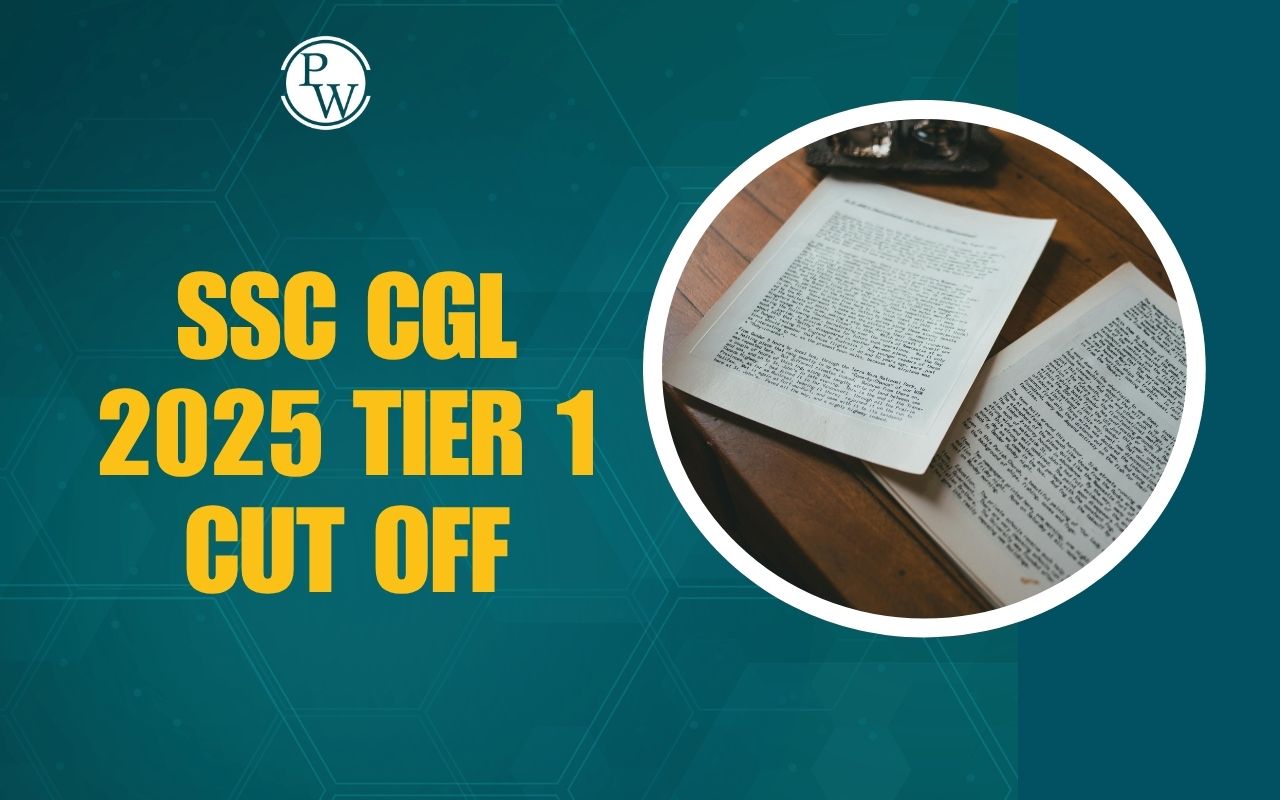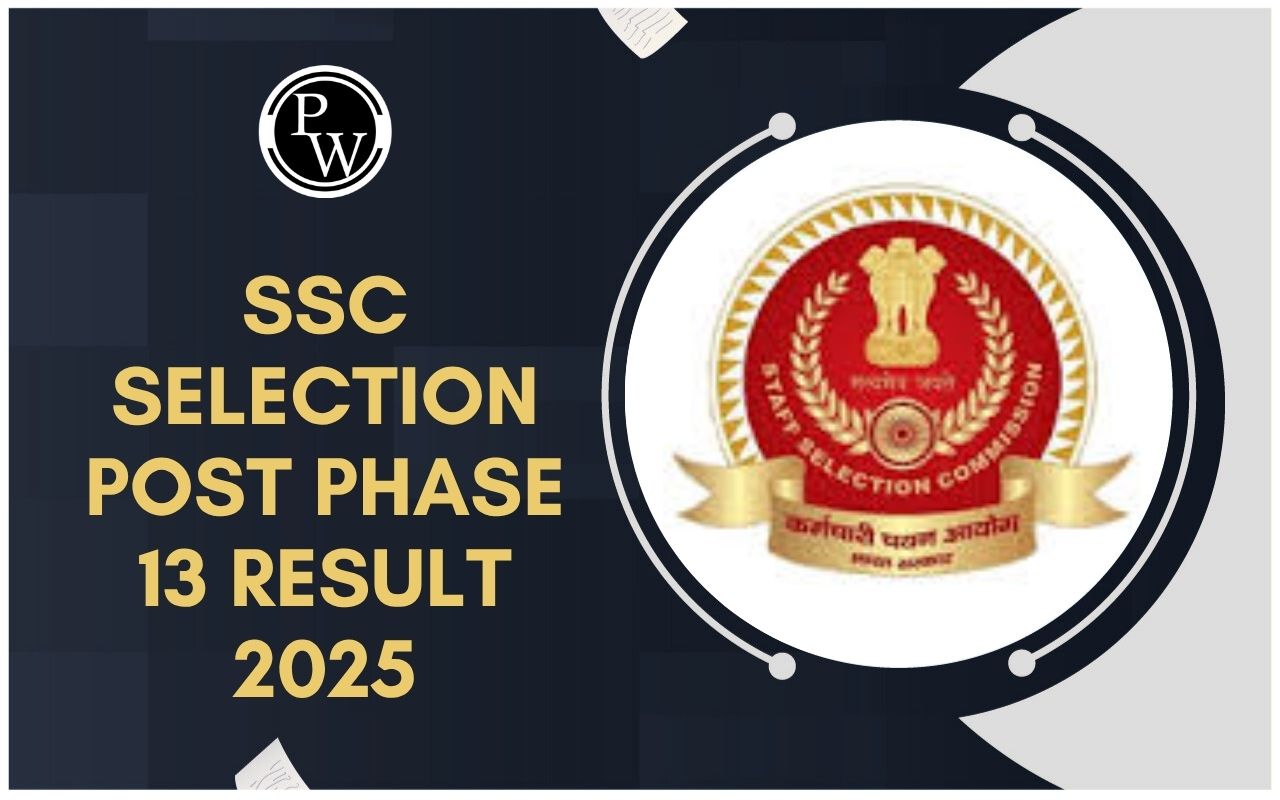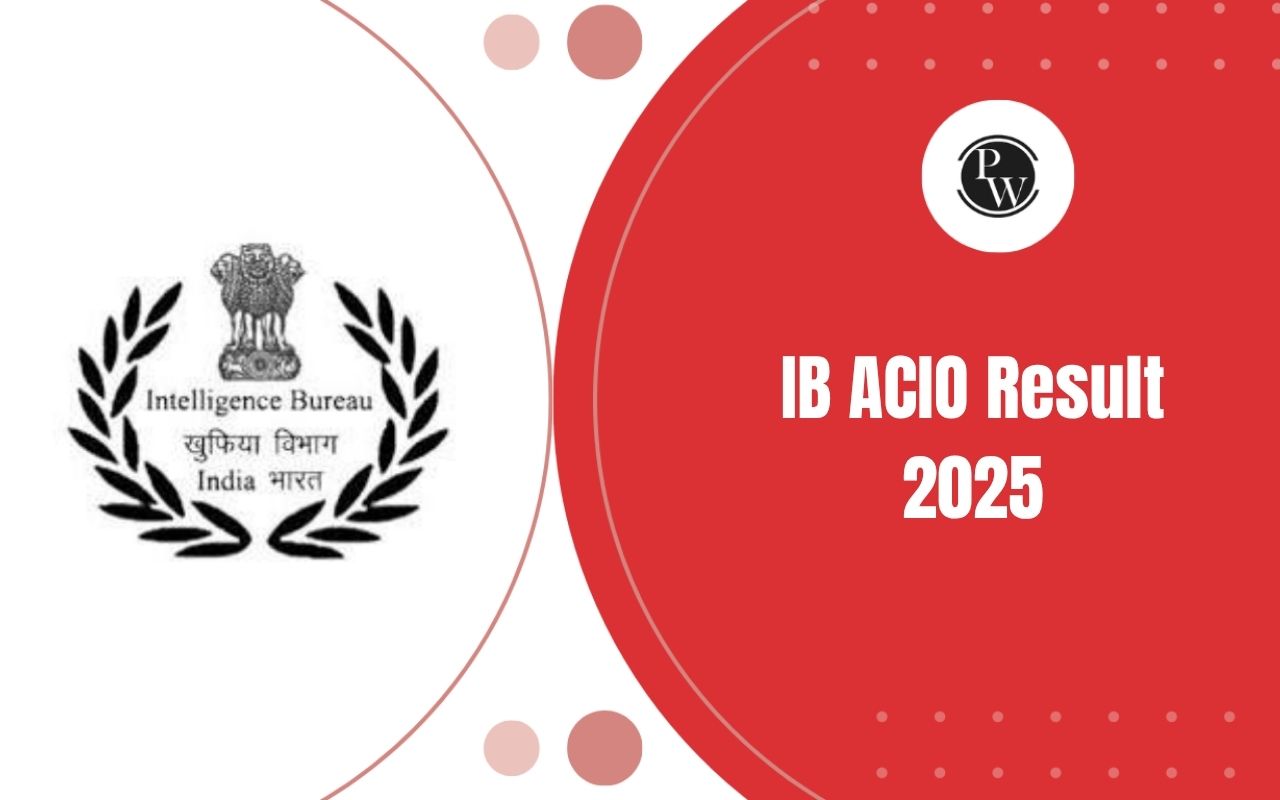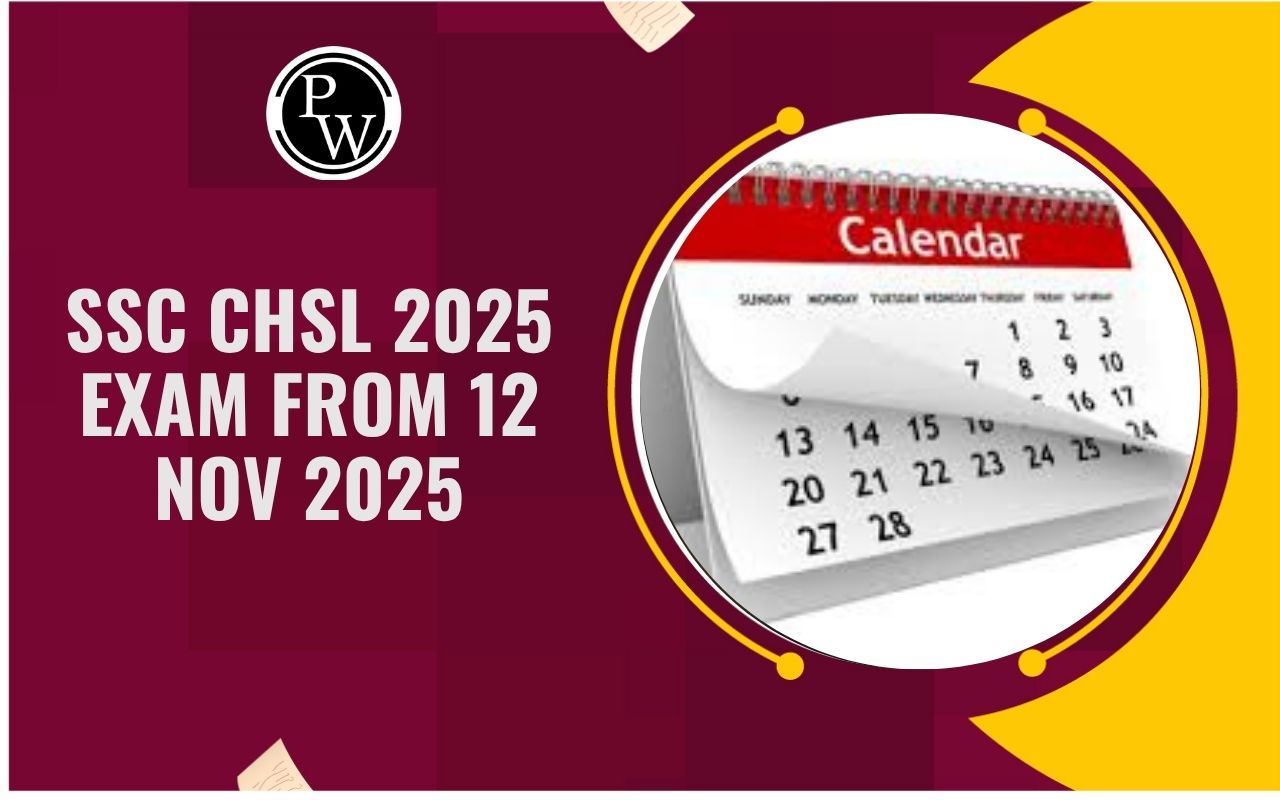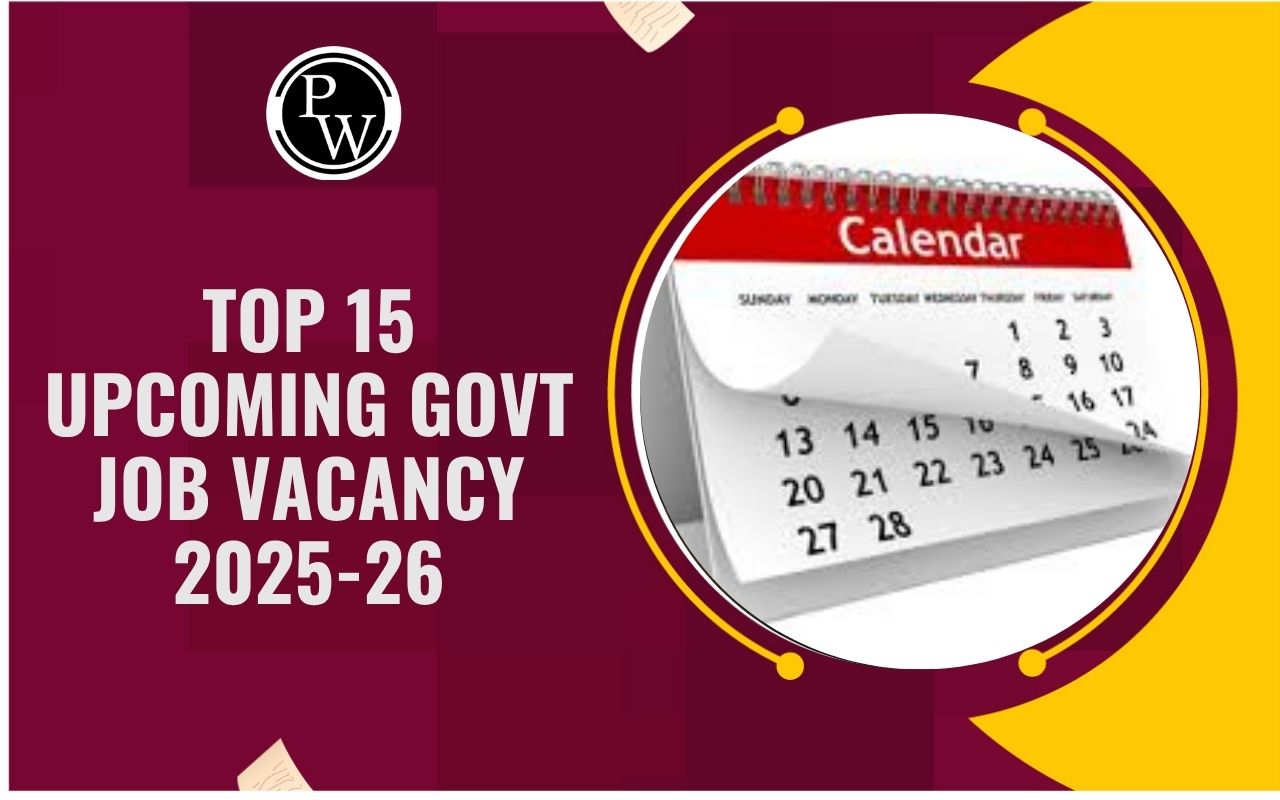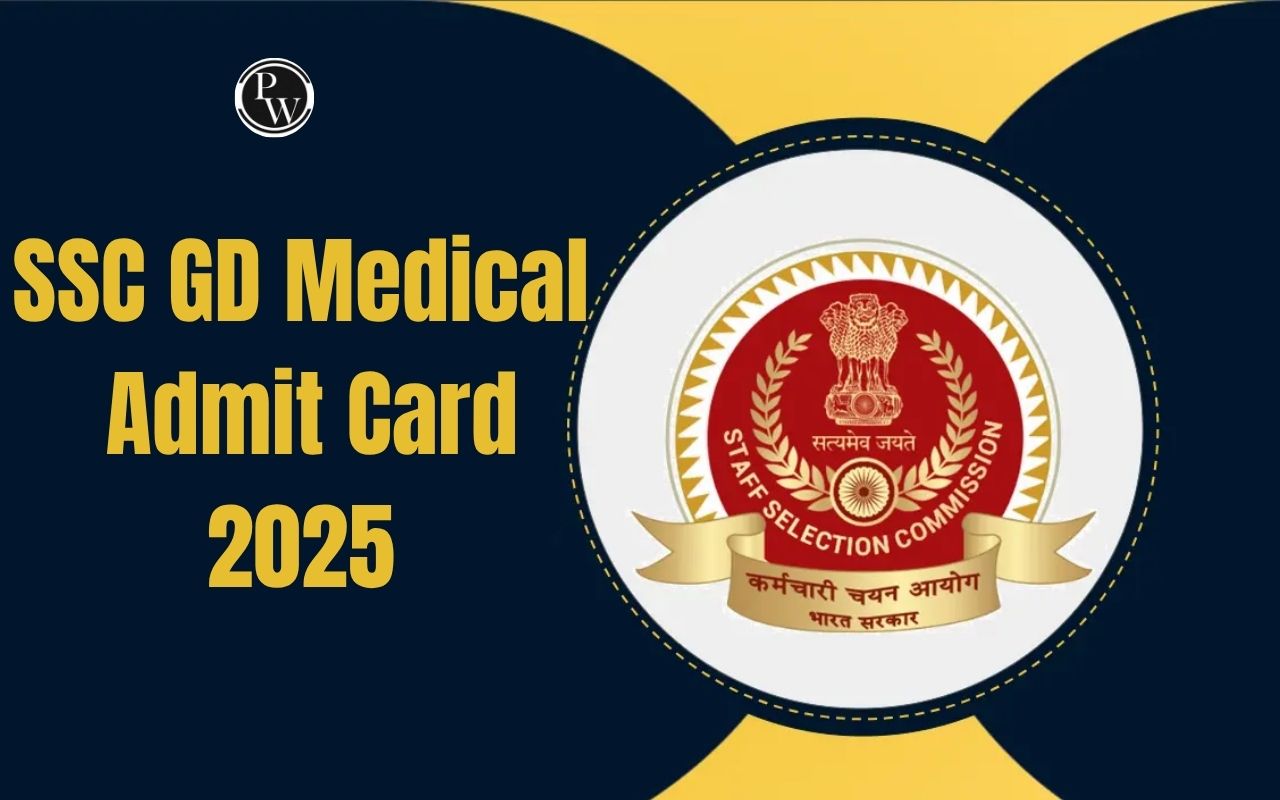
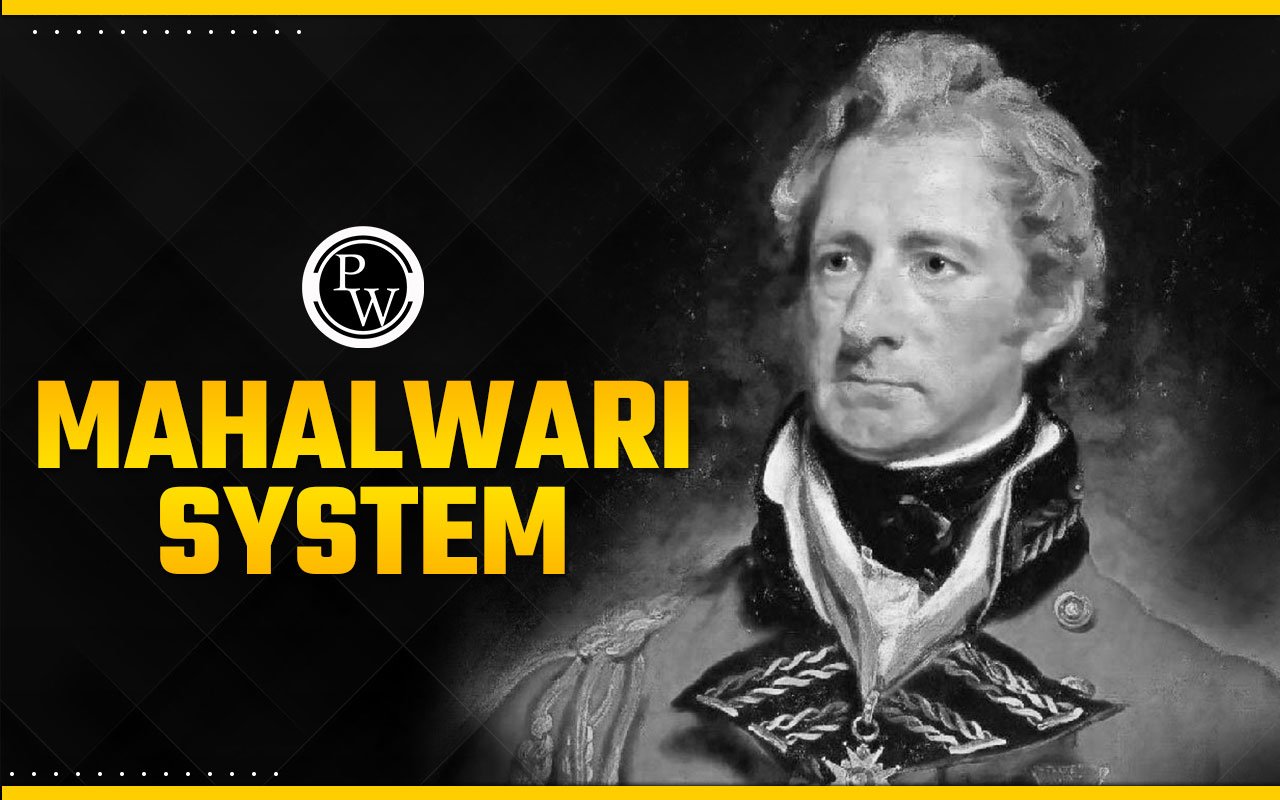
Mahalwari System: Before India gained independence, there were three main ways land was managed. The Mahalwari System was one of them, alongside the Ryotwari and Permanent Settlement (Zamindari) Systems. These systems were similar in many ways, but the way land revenue was collected and paid differed.
The Mahalwari System was put together by Holt Mackenzie in 1822 and later updated in 1833 by Lord William Bentinck. It was used in places like Agra, North-West Frontier, Punjab, Central Province, and the Gangetic Valley.Mahalwari System
The Mahalwari System was one of three major ways land was managed in India before Independence. The other two were the Zamindari System and Ryotwari System. These systems differed mainly in how land revenue was collected and paid. 'Mahalwari' comes from the Hindi word 'Mahal,' which means home, district, community, or quarter. This system combined features from both Zamindari and Ryotwari methods. Introduced by Holt Mackenzie in 1822 and later reviewed by Lord William Bentinck in 1833, the Mahalwari settlement covered all village lands, including pastures and forests. It started in areas like Agra, the North-West Frontier, Punjab, Central Province, and the Gangetic Valley. This article will explain what the Mahalwari System meant, its history, characteristics, significance, and its drawbacks.Mahalwari System Founder
In 1822, Holt Mackenzie, a British administrator in India, brought in the Mahalwari System. It started in the North-west Provinces and was later expanded to Agra, Awadh, Punjab, and Madhya Pradesh. This system of collecting land revenue became popular because of Lord William Bentinck. Holt Mackenzie was an important British figure in India who helped establish the Mahalwari System. He worked in India and eventually returned to England in 1831 after a successful career.Mahalwari System History
The British took over India in the 1800s. They made money mainly from the Land Revenue System, which helped them control land and money in India, making them stronger economically. In villages, the leader was in charge of things like keeping records of land, figuring out how much money people owed for their land, and collecting that money. In one system called Mahalwari, people had to pay 95% of what they earned from the land. But this system didn’t work well because the amount people had to pay was too high, and many couldn’t afford it. This caused a lot of debt among the farmers.Mahalwari System Features
The Mahalwari System was a way of collecting money for the government from the land in India when the British were in charge. It was different from the Zamindari system. Here are the main points:- Land was divided into areas called Mahals, which included one or more villages.
- The money that had to be paid for the land was decided based on how much crops were grown. This amount was checked and changed from time to time.
- Each farmer had to pay a part of this fixed money, and the village leader was in charge of collecting it.
- The government got 66% of this money, and this agreement lasted for 30 years. When this system started, the government made more money.
Mahalwari System Drawbacks
The system required keeping records of farmers, landowners, and zamindars, and determining the taxes for each piece of land. However, the tax amounts were often increased by the collectors, as the initial estimates were inaccurate and relied on guesswork. Instead of benefiting village communities, this system had negative effects. It imposed high taxes that couldn't be paid, leading to the destruction of these communities. Large portions of land were sold to moneylenders and merchants. As a result, many original land cultivators either lost their land or became tenants because they couldn't afford the high taxes.Mahalwari System Importance
Under the Mahalwari system, the headmen of towns gathered land income from farmers for the entire town, not just for the landlords. They treated the town as a big unit called a "Mahal" for collecting land payments. This system required regular reviews of revenue rather than fixed amounts. The town chiefs collected the money, while the workers had ownership rights. The arrangement lasted for a long time, with the government taking 66% of the rental value. It also introduced standard rents for different types of soils. But the British income structure had serious consequences. Land became a commodity, not a resource. The high charges pushed farmers toward cash crops, leading to food shortages and hunger. Farmers had to turn to moneylenders or landlords to pay fees, trapping them in debt. This also caused farmers to hire more help. By the time India gained independence, a small number of landlords controlled most of the land. During British rule, the Mahalwari system, along with ryotwari and zamindari, were the main land income systems. "Mahalwari" is derived from "Mahal," meaning "home" or "place.Mahalwari System Impact on Peasants
Near the end of the colonial period, things were tough for the farmers. They owed about 14,200 million because of a messed-up system called the Mahalwari system. The big bosses, the zamindars, lent money to the farmers and in return asked them to work for free. This made it tough for the farmers to earn wages. The rich guys who owned the land had it good. They could buy seeds, fertilizers, and other stuff to help their farms grow. But the poorer folks, especially those in lower castes, had it rough. They didn’t get much help with farming. Because of all this, farming started going downhill during the final years of colonial rule. The farmers barely had any money left after paying taxes. They couldn’t invest much in their farms anymore, which made things even harder.Mahalwari System Issues
In the Mahalwari system, farmers have to pay taxes even during droughts situation. The way the survey was done had many mistakes, allowing for cheating. Sometimes, more money was spent on collecting taxes than was earned. Leaders take away farmers' land if they couldn't pay the taxes. Eventually, the Mahalwari System failed because of its wrong policies.Difference Between Mahalwari System and Ryotwari System
After the Zamindari system ended, new ways to collect taxes emerged: the Ryotwari and Mahalwari systems. These aimed to gather taxes for the British government without the involvement of Zamindars. In both systems, the tax amount wasn't fixed. The big difference between the Mahalwari and Ryotwari Systems lies in who owns the land and pays the taxes. In Ryotwari, peasants directly pay taxes and own their land. But in Mahalwari, the village owns the land, and the village headman pays the taxes on behalf of everyone.Difference Between Permanent Settlement, Mahalwari System and Ryotwari System
Under British rule in India, different methods were used to collect land revenue. These included the Permanent Settlement (Zamindari System), Ryotwari System, and Mahalwari System. While all these systems were unfair to the peasants, they differed in their approach. Here's a simple breakdown of how the Permanent Settlement, Mahalwari System, and Ryotwari System worked.|
Difference Between Permanent Settlement, Ryotwari System and Mahalwari System |
||
| Permanent Settlement | Ryotwari System | Mahalwari System |
| The land was owned by the Zamindars | The land was owned by the peasants | The land was owned by the village or a community |
| The revenue amount was fixed | The revenue amount was not fixed | The revenue amount was not fixed |
| There was a presence of middlemen i.e. Zamindars | There was no middleman | There was a presence of the Village head, i.e. Lambardar |
| The revenue was not collected directly by the peasants | The revenue was collected directly by the peasants | The revenue was not collected directly by the peasants |
| Other Related Links | |
| Tiger Reserves in India | National Parks in India |
| Biosphere Reserves in India | Elephant Reserves in India |
Mahalwari System FAQs
Q1. What are the main features of the Mahalwari system?
Ans. Features of Mahalwari System are like the land was considered to be owned by the village community. The cultivator was the sole owner of the land. Each farmer paid his or her fair share of the tax.
Q2. Why did the Mahalwari system fail?
Ans. At times the company spent more on the collection than the collected revenue. If the farmers failed to pay revenue, then the money leaders seized the land. The Mahalwari System failed later due to its incomplete policies.
Q3. What was the effect of the Mahalwari system?
Ans. The mahalwari system destroyed the economic base of village economy carried out by the village community. This system forced the peasantry to grow commercial crops because the rental demand of the state was realized in cash.
Q4. Who ended the Mahalwari system?
Ans. The Mahalwari system of land revenue under the scheme of 1833 was completed under the administration of James Thompson
Q5. Why is it called Mahalwari system?
Ans. Mahalwari system is one of the three main revenue systems of land tenure in British India, the other two being the zamindar and ryotwari systems.
Talk to a counsellorHave doubts? Our support team will be happy to assist you!

Check out these Related Articles
Free Learning Resources
PW Books
Notes (Class 10-12)
PW Study Materials
Notes (Class 6-9)
Ncert Solutions
Govt Exams
Class 6th to 12th Online Courses
Govt Job Exams Courses
UPSC Coaching
Defence Exam Coaching
Gate Exam Coaching
Other Exams
Know about Physics Wallah
Physics Wallah is an Indian edtech platform that provides accessible & comprehensive learning experiences to students from Class 6th to postgraduate level. We also provide extensive NCERT solutions, sample paper, NEET, JEE Mains, BITSAT previous year papers & more such resources to students. Physics Wallah also caters to over 3.5 million registered students and over 78 lakh+ Youtube subscribers with 4.8 rating on its app.
We Stand Out because
We provide students with intensive courses with India’s qualified & experienced faculties & mentors. PW strives to make the learning experience comprehensive and accessible for students of all sections of society. We believe in empowering every single student who couldn't dream of a good career in engineering and medical field earlier.
Our Key Focus Areas
Physics Wallah's main focus is to make the learning experience as economical as possible for all students. With our affordable courses like Lakshya, Udaan and Arjuna and many others, we have been able to provide a platform for lakhs of aspirants. From providing Chemistry, Maths, Physics formula to giving e-books of eminent authors like RD Sharma, RS Aggarwal and Lakhmir Singh, PW focuses on every single student's need for preparation.
What Makes Us Different
Physics Wallah strives to develop a comprehensive pedagogical structure for students, where they get a state-of-the-art learning experience with study material and resources. Apart from catering students preparing for JEE Mains and NEET, PW also provides study material for each state board like Uttar Pradesh, Bihar, and others
Copyright © 2025 Physicswallah Limited All rights reserved.
Get App

